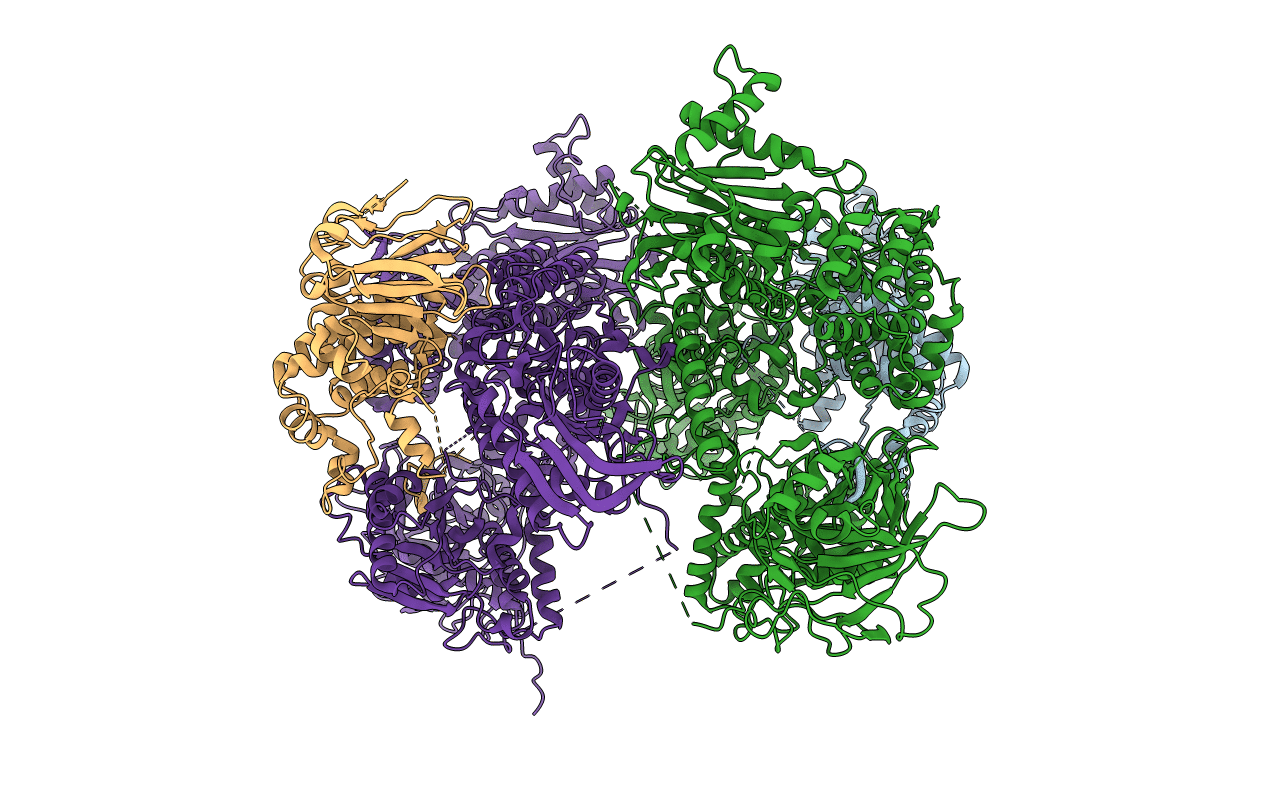
Deposition Date
2012-12-05
Release Date
2013-01-30
Last Version Date
2023-12-20
Entry Detail
PDB ID:
3ZEF
Keywords:
Title:
Crystal structure of Prp8:Aar2 complex: second crystal form at 3.1 Angstrom resolution
Biological Source:
Source Organism:
SACCHAROMYCES CEREVISIAE (Taxon ID: 4932)
Host Organism:
Method Details:
Experimental Method:
Resolution:
3.10 Å
R-Value Free:
0.26
R-Value Work:
0.22
R-Value Observed:
0.22
Space Group:
P 21 21 21


